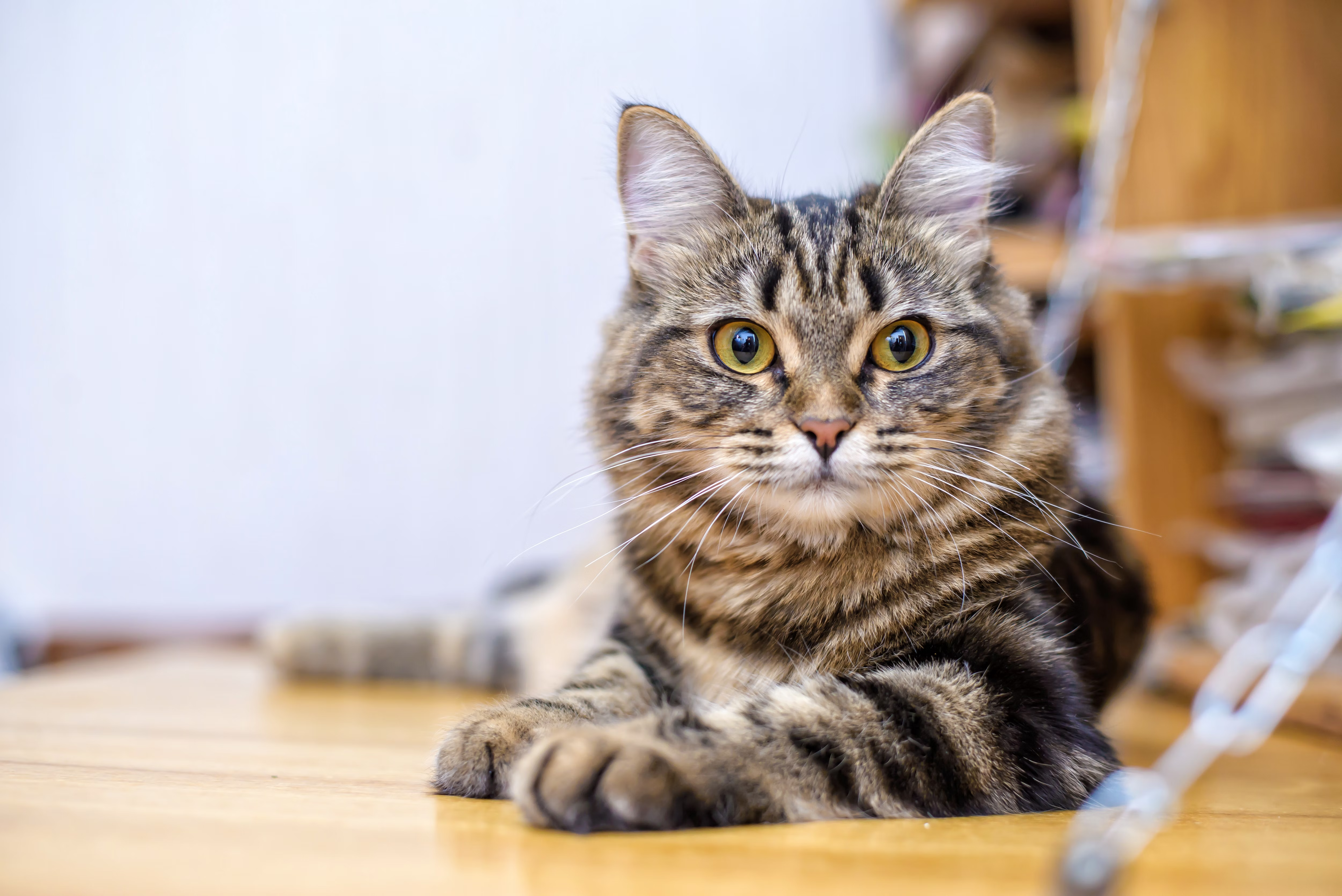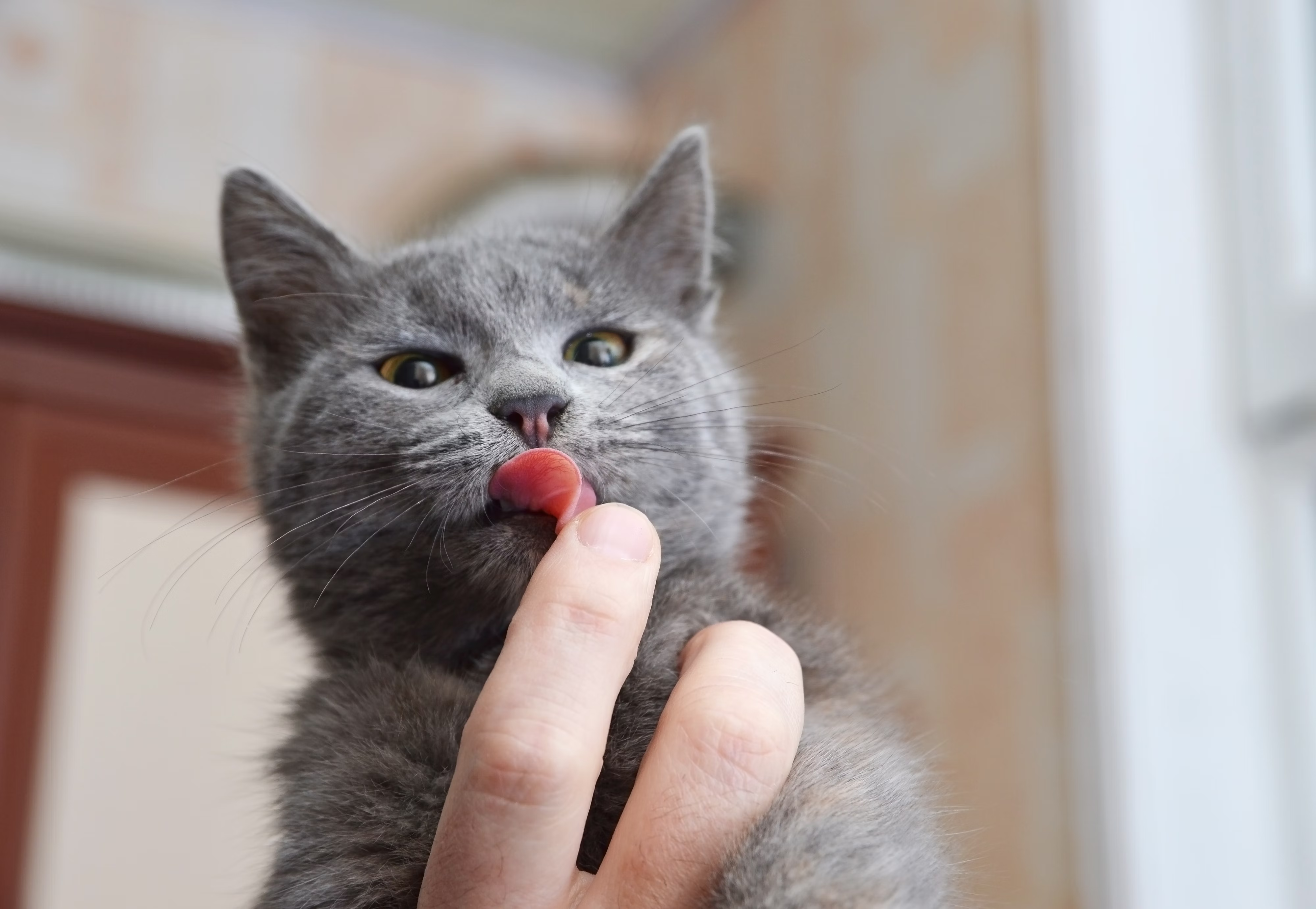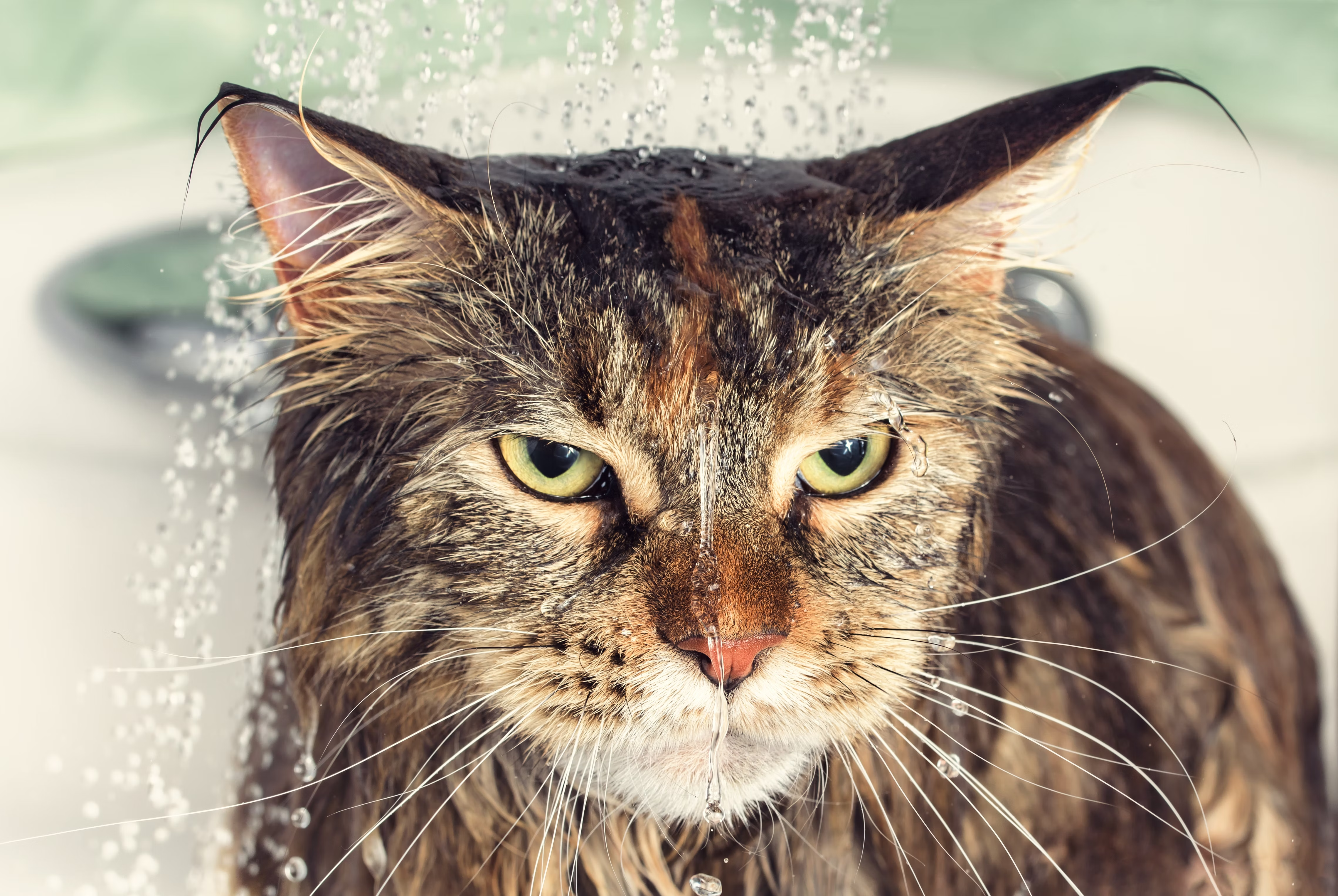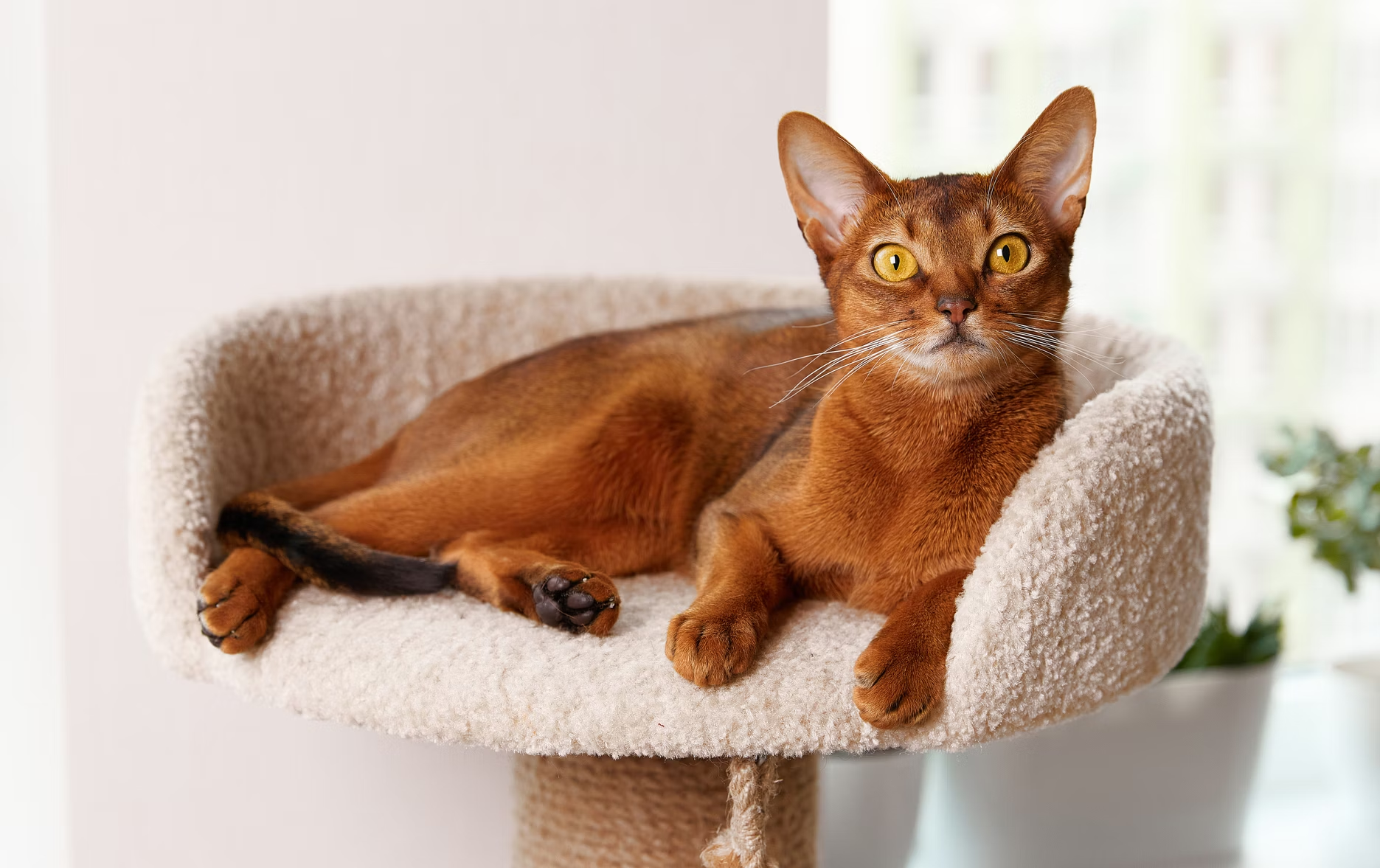Cat parents often ask themselves, "What breed is my cat?" It’s tempting (and fun!) to guess a cat’s breed mix based on clues from their physical appearance or behavior. But cat breed identification based on those factors alone is tricky. The truth is, traits that you may equate with a certain breed are actually shared across multiple breeds.
If you’re curious about how your cat came to be their wonderful, unique self, read on to learn the best ways to determine their breed mix.
Why knowing your cat’s breed matters
Knowing a cat’s genetic background is more than a fun fact. Certain inherited conditions (for example, polycystic kidney disease in Persians or hypertrophic cardiomyopathy in Maine Coons and Ragdolls) occur disproportionately in some breeds, and personality traits—like how vocal a cat is—often have a genetic component. A clearer picture of your cat’s breed can therefore sharpen the way you care for and interact with your cat.
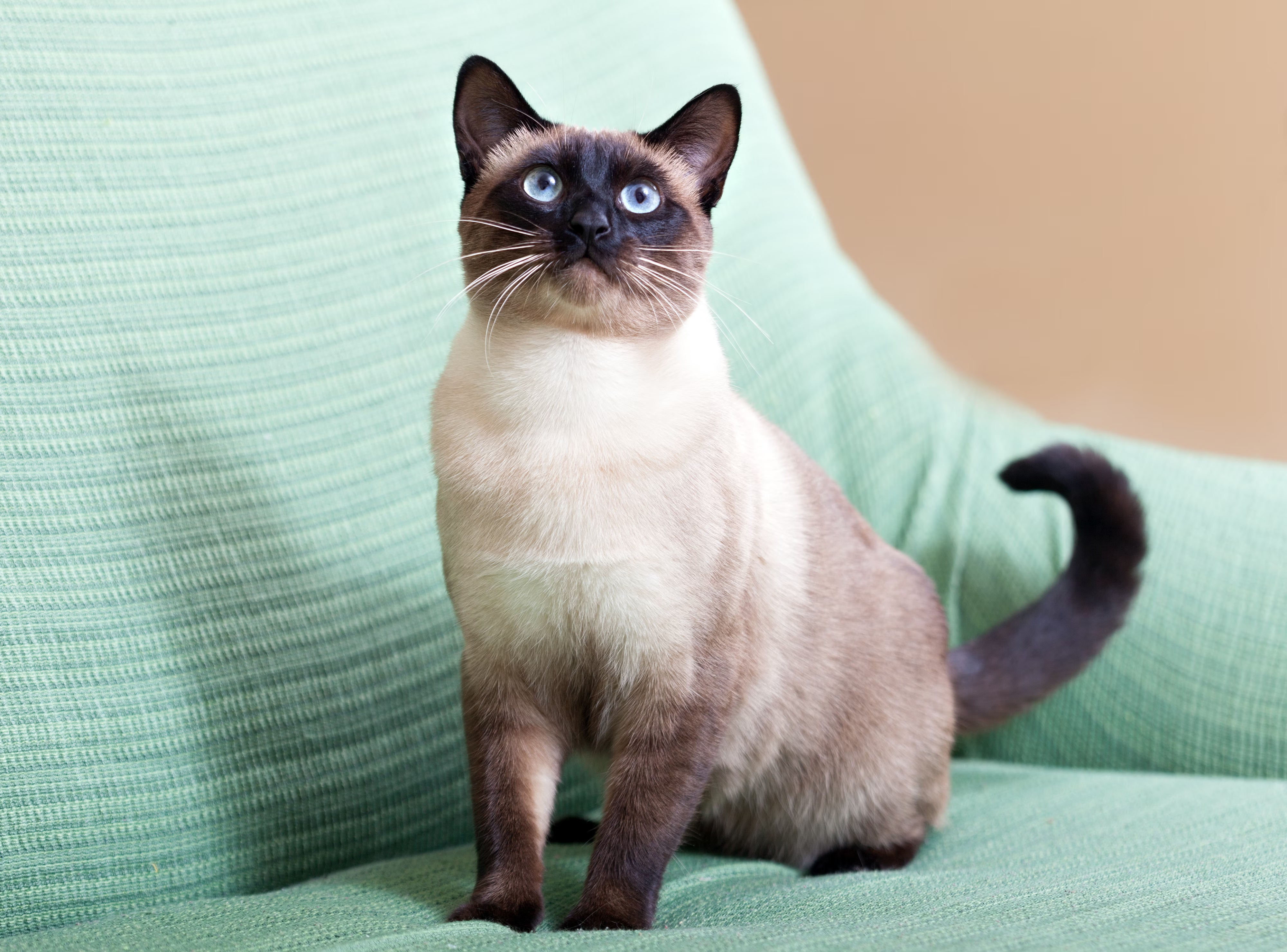
Can you tell your cat’s breed by visual cues?
Physical traits can provide hints about a cat’s breed. If you’re attempting to guess a breed mix based on their appearance, you can look for clues in features such as:
- Coat length and texture
- Coat colors and patterns
- Body composition
- Ear shape
- Eye shape and color
- Tail length
But be warned, looks can often be deceiving.
For example, if you see a cat with a long, luxurious coat you may immediately think of a Persian cat. However, several cat breeds, including Persians, Ragdolls, and Norwegian Forest Cats, carry two copies of the recessive gene needed to produce a long coat. Not to mention, many mixed breed cats also carry these genes. It’s also common for people to associate a tabby coat pattern with a certain breed. In reality, coat patterns and colors—including tabby, colorpoint, tortoiseshell, smoke, and shaded—are seen widely across domestic cat breeds. And while it may seem safe to assume that a cat with folded ears must be a Scottish Fold, any cat could have a spontaneous mutation that results in that trait.
Given these realities, even trained professionals have a hard time determining a cat’s breed mix just by looking at their features
Most cats are domestic mixes
Cat breed identification is also challenging because most cats that we encounter are not purebred. It’s estimated that 90% or more of pet cats are random-bred, meaning they are not pedigreed and don’t follow breed standards.
These felines are labeled “Domestic Shorthair,” “Domestic Longhair,” or region-specific terms like “American Domestic” and “European Domestic.” They are healthy, diverse, and make up the overwhelming majority of the cat population. Because purebred cats are very rare outside of formal breeding programs, when you see a cat with an unusual coat or distinctive features, the chances of them being a specific breed are low. Rather, their unique looks are likely due to the normal genetic variety among domestic cats.
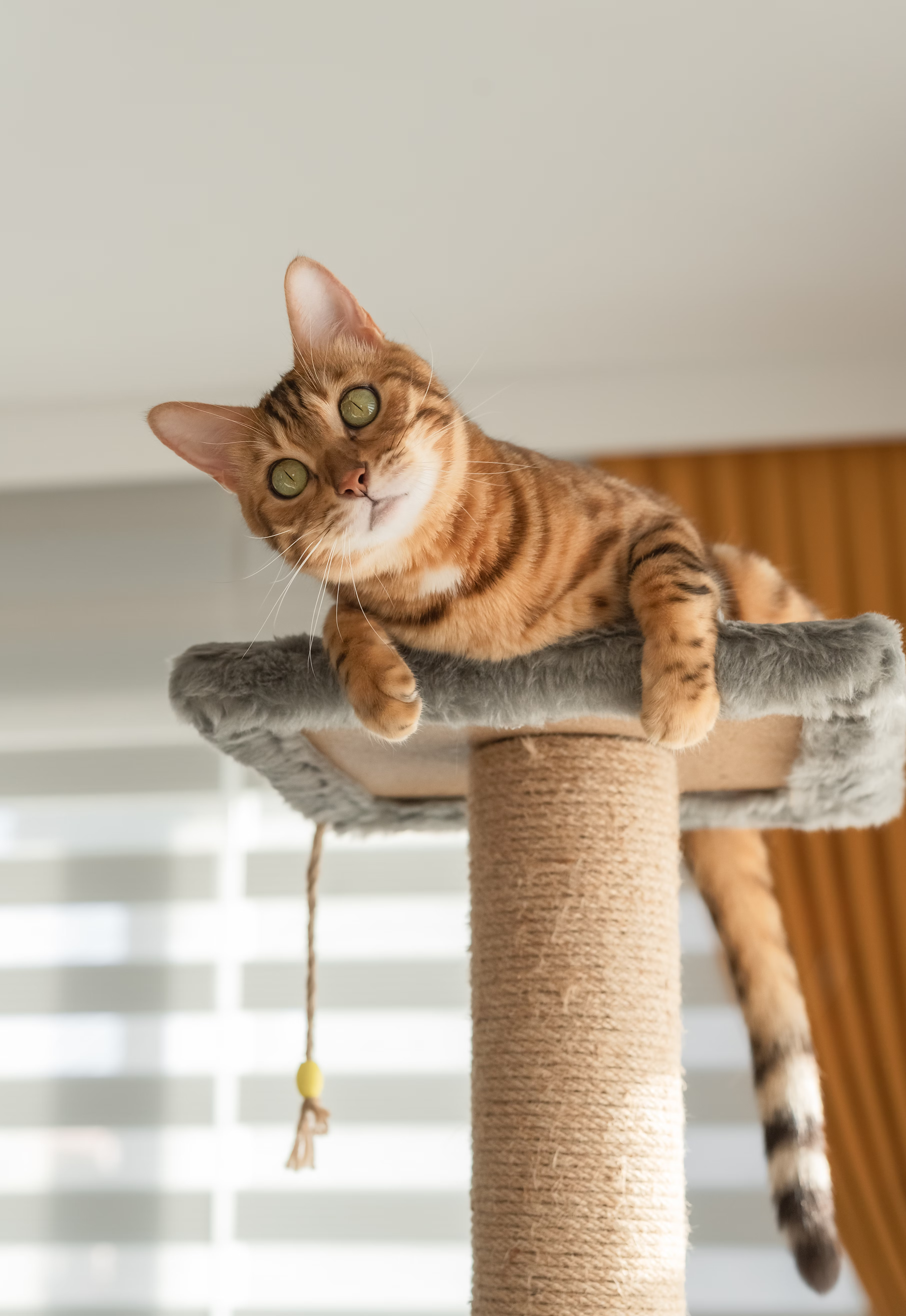
Do behavior and personality offer better clues?
Certain breeds do show characteristic behaviors. For example, Siamese are famously vocal, Bengals are energetic climbers, and Ragdolls often go limp in your arms. Yet environment, early socialization, and individual quirks all play a role in a cat’s behavior. An outgoing mixed-breed cat may show Bengal-like activity levels because she’s rewarded for play, while a purebred Siamese raised in a quiet home may be comparatively subdued.
What does this mean for your cat breed decoding? While behavior is another piece of the puzzle, like physical traits, it doesn’t tell the whole story about what breed your cat is.
Why a DNA test delivers the most accurate cat breed identification
For a reliable answer, you can move past surface-level clues and dig into your cat’s genetics. Wisdom Panel™ Complete for Cats analyzes your cat’s DNA and compares their genetic markers against a reference panel of pedigreed populations to deliver accurate breed composition results. Our insight reports include:
- Detailed breed breakdown. A percentage estimate of ancestral contributions across 70+ breeds and breed-type populations.
- Trait insights. The specific gene variants driving physical features such as long coat, dilute color, bobtail, polydactyly, and more.
- Health risk screenings. Tests for 45+ known genetic conditions, including blood type and medication sensitivities.
DNA results are just the beginning
DNA reports often surprise pet parents. A solid gray, short-haired cat’s results might reveal Russian Blue and Chartreux ancestry. A brown tabby could carry traces of Maine Coon or Siamese. Remember, though, that breed composition is only part of the story. As a pet parent, you play a big role in your cat’s overall behavior and health through thoughtful enrichment, nutrition, and veterinary care.
Key takeaways
- Physical appearance offers hints but rarely a final answer.
- An overwhelming majority of pet cats are domestic mixes rather than recognized purebreds.
- Behavior tendencies can support—but not prove—breed ancestry.
- A high-quality DNA test delivers the most accurate snapshot of your cat’s genetic story, including breed makeup, health predispositions, and trait explanations.
Ready to uncover your cat’s genetic roots?
Get Wisdom Panel™ Complete for Cats and learn your cat's full story.
Shop Now